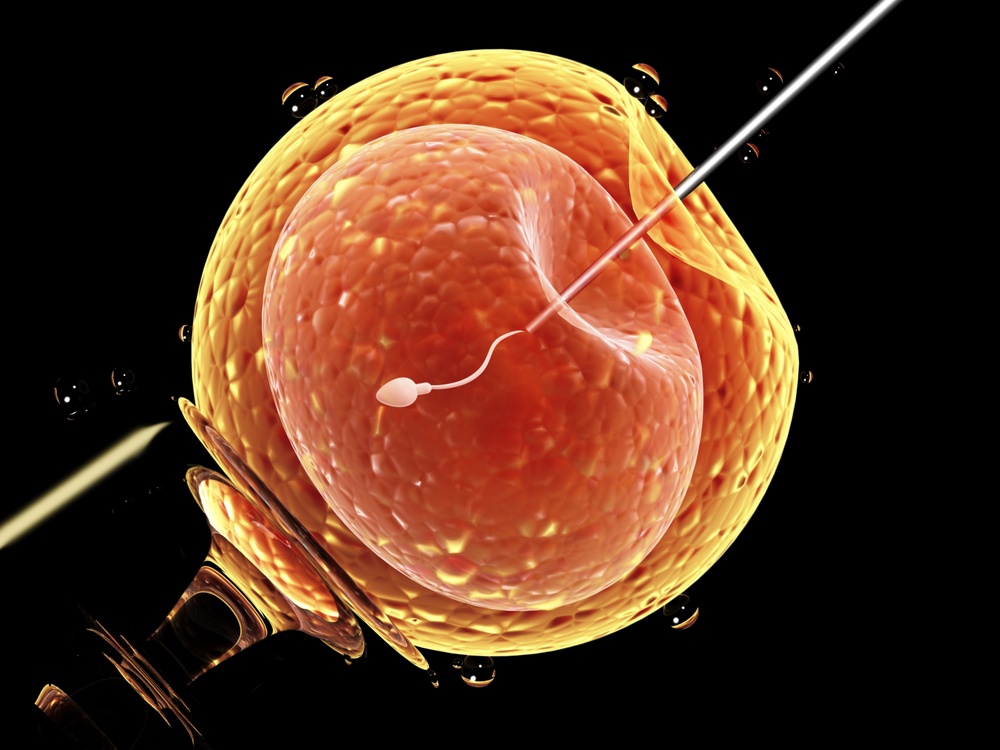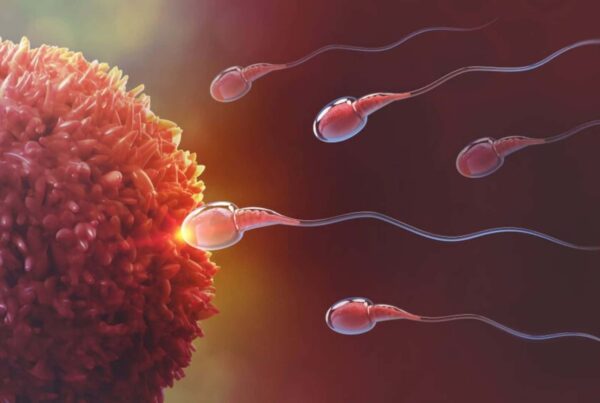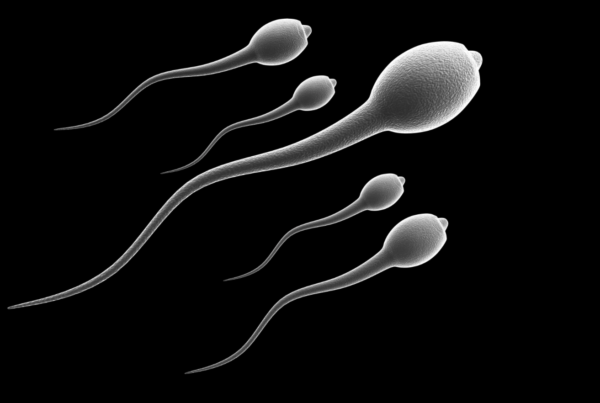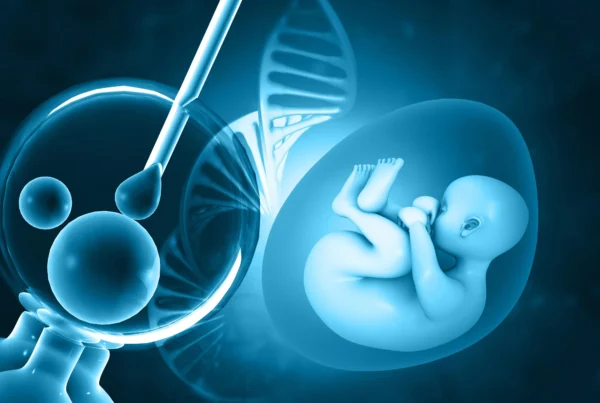In cases where there is no sperm in the semen, surgical operations such as MESA (Microsurgical Epididymal Sperm Aspiration), needle sperm retrieval techniques like TESA (Testicular Sperm Aspiration) or PESA (Percutaneous Epididymal Sperm Aspiration), and the TESE (Testicular Sperm Extraction) method, which involves biopsy of the testis if there is a disorder, can be utilized. Sperm obtained through any of these methods can easily achieve fertilization. These procedures, performed under local anesthesia, do not harm the general health or sexual functions of the man. However, it is worth emphasizing that among the techniques applied in today’s cases, the most modern and problem-free method is Micro TESE.
With a specially designed microscope setup, sperm production centers can be clearly identified, and the success rate of finding sperm in men from whom sperm could not be obtained through different biopsy procedures is very high. Additionally, since much less tissue is taken during the Micro TESE method and the blood vessels supplying the testes are less damaged, the patient recovers much faster. When the cause of azospermia is that the sperm ducts are not blocked but sperm production is minimal or absent, the Micro TESE method is the most logical choice. During the Micro TESE procedure, the testes are examined under general anesthesia, sperm-producing areas are identified, and the sperm cells found are extracted from the tissue. Thus, the procedure is completed without damaging surrounding tissues that do not produce sperm.
For patients where sperm cannot be found, it is appropriate to perform the Micro TESE procedure again at an appropriate time after providing supportive treatment if necessary, based on the pathology results obtained after the procedure. The Micro TESE surgery can be performed multiple times if deemed necessary.




